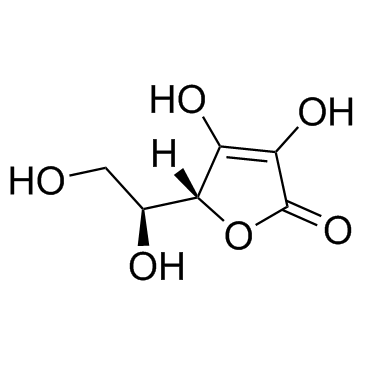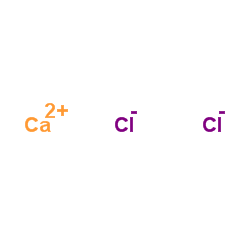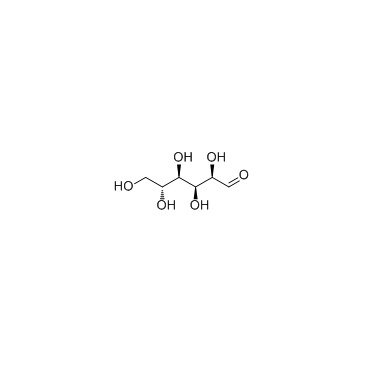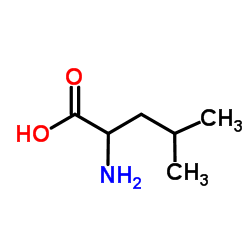| Structure | Name/CAS No. | Articles |
|---|---|---|
 |
sodium chloride
CAS:7647-14-5 |
|
 |
Ascorbic acid
CAS:50-81-7 |
|
 |
Calcium chloride
CAS:10043-52-4 |
|
 |
D-(+)-Glucose
CAS:50-99-7 |
|
 |
magnesium sulfate
CAS:7487-88-9 |
|
 |
HEPES
CAS:7365-45-9 |
|
 |
SODIUM CHLORIDE-35 CL
CAS:20510-55-8 |
|
 |
2-Amino-4-methylpentanoic acid
CAS:328-39-2 |
|
 |
calcium chloride dihydrate
CAS:10035-04-8 |
|
 |
Ro 41-0960
CAS:125628-97-9 |